11 Candy Brands That Have Been Around for 100 Years
Some candies stick around long enough to outlive fashion trends, tech revolutions, and entire snack aisles. These century-old treats have weathered sugar rationing, recipe changes, and shifting tastes, but they’re still showing up in lunchboxes, theaters, and corner stores. Let’s learn more about them below.
Tootsie Rolls
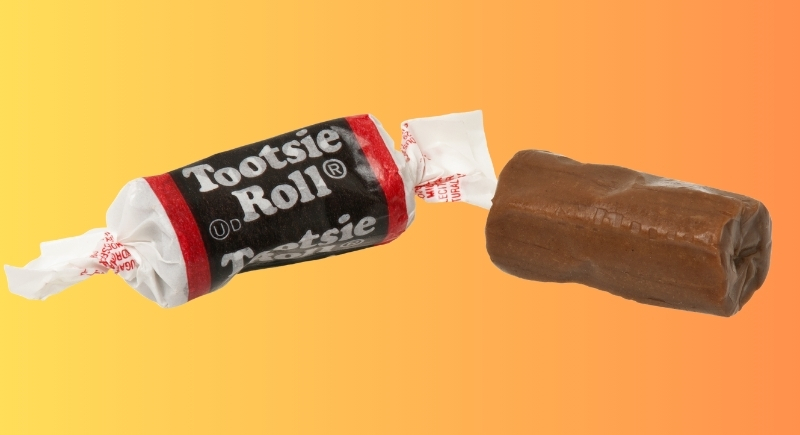
Credit: Wikimedia Commons
People first saw Tootsie Rolls on New York counters in 1896. They were created to withstand summer heat without melting, and their chocolatey chew made them ideal for U.S. soldiers in World War II. The Tootsie Pop joined the lineup decades later, but the original remains iconic.
Life Savers
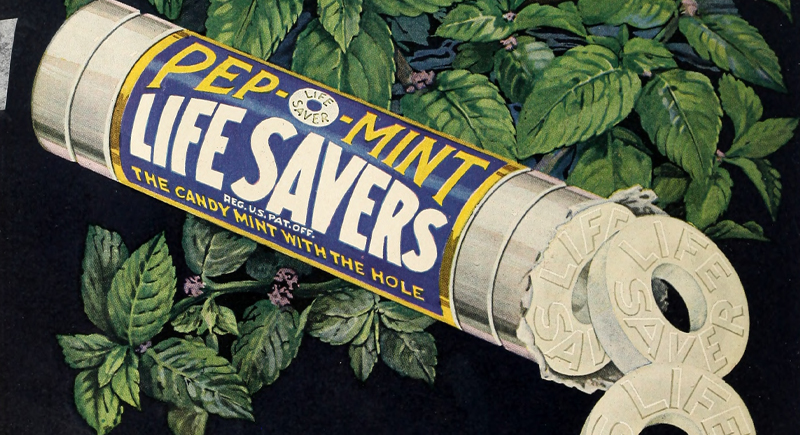
Credit: Wikimedia Commons
The idea behind Life Savers came from Clarence Crane, who wanted a mint that wouldn’t melt in the summer. He chose a circular shape that reminded him of a life preserver, which inspired the name. Pep-O-Mint was the first flavor, soon followed by fruit varieties. Generations have tossed them into car glove boxes, party bags, and holiday stockings.
NECCO Wafers

Credit: Wikimedia Commons
Long before movie theaters existed, NECCO Wafers were already traveling in soldiers’ packs during the Civil War. Their hard texture kept them intact across harsh conditions. The pastel colors became instantly recognizable, even if the flavor sparked debates. When the company folded in 2018, fans rushed to stockpile. A 2020 revival by Spangler Candy brought them back.
Hershey’s Milk Chocolate Bar
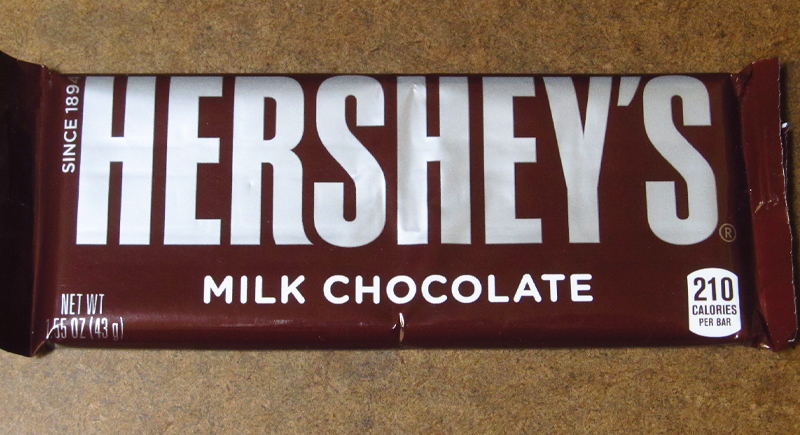
Credit: Wikimedia Commons
Ask anyone about a classic chocolate bar, and Hershey’s almost always comes up first. After being introduced in 1900, it turned a luxury item into something affordable. Production scaled during wartime, and the same recipe still melts into s’mores at campfires and finds its way into cookies.
Baby Ruth
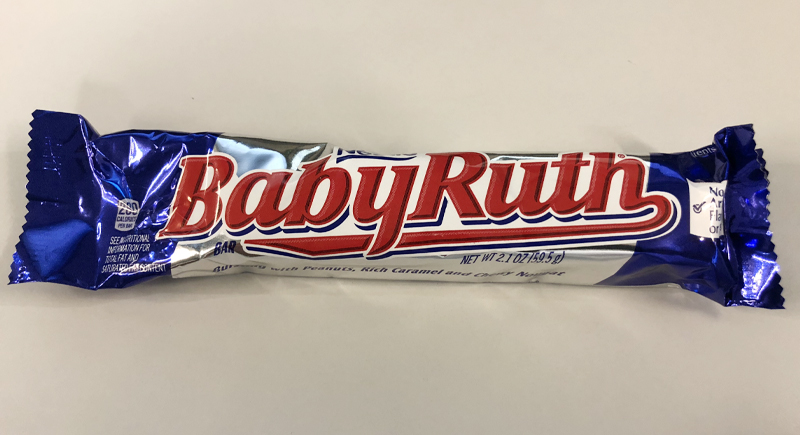
Credit: Wikimedia Commons
There’s a story behind every name, and Baby Ruth’s is no exception. The Curtiss Candy Company claimed it honored President Grover Cleveland’s daughter, though fans assumed it referenced Babe Ruth. Lawsuits even circled around that confusion. Despite the controversy, the bar’s mix of nougat, peanuts, and caramel coated in chocolate made it stick.
Charleston Chew
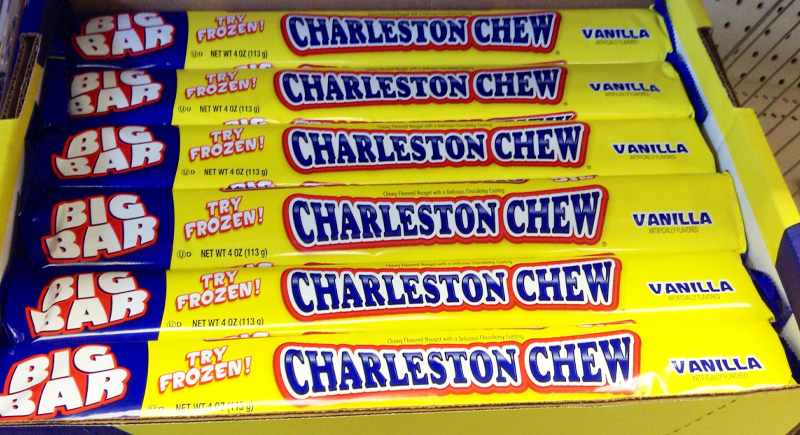
Credit: Wikimedia Commons
Dances often inspire trends, and Charleston Chew borrowed its name from a 1920s craze. A generous bar of nougat dipped in chocolate appealed to buyers looking for value during lean times. Over the years, many discovered the joy of freezing it first, which created a satisfying snap with every bite. That trick became part of its marketing, and fans still follow it.
Goo Goo Clusters

Credit: Wikimedia Commons
Few candies can claim to have changed the game, but Goo Goo Clusters did just that in Nashville. By combining caramel, nougat, peanuts, and chocolate in one messy bite, they pioneered a new format. Visitors to the Grand Ole Opry often pick them up as souvenirs. Despite modern competition, these clusters maintain a loyal following.
Good & Plenty
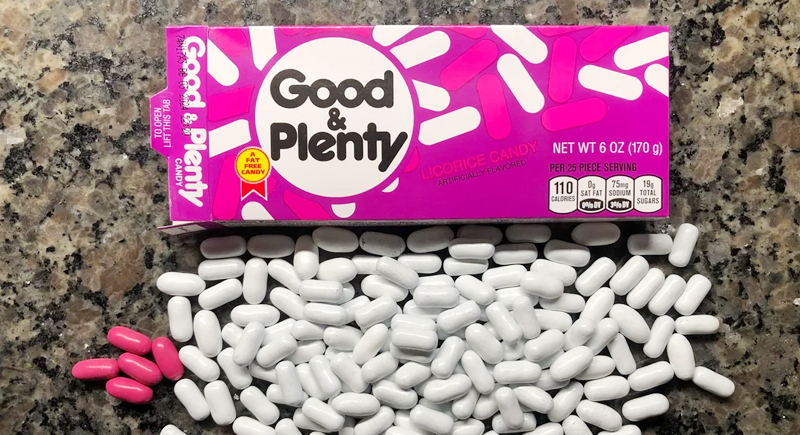
Credit: Reddit
Choo Choo Charlie sang about Good & Plenty on television, and the catchy tune helped boost its popularity. The candy’s design, pink and white shells around chewy black licorice, has stayed nearly untouched for more than a century. Even with licorice’s divisive reputation, those colorful capsules remain a recognizable option for anyone looking for a nostalgic chew.
Bit-O-Honey
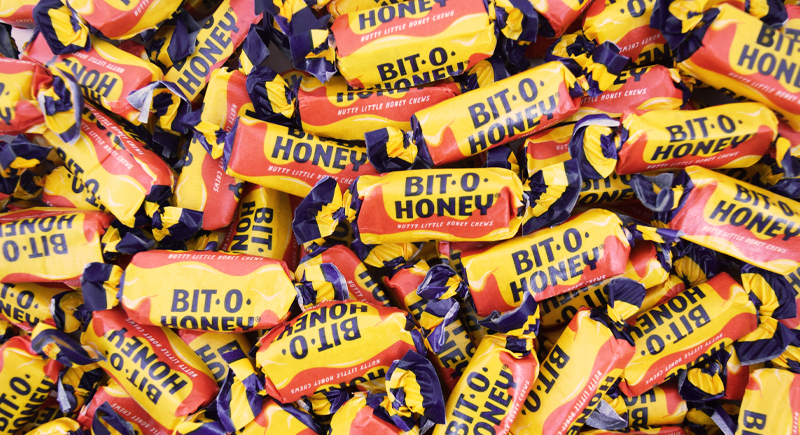
Credit: Wikimedia Commons
Chewers looking for a long-lasting treat found it in Bit-O-Honey. Its honey-and-almond taffy base meant it stayed in the mouth longer than most candies, a big selling point in the 1920s. Families appreciated that one piece could satisfy a craving without needing another. Today, it often appears in retro mix bags and baking experiments, proving that a small, thoughtful recipe can endure through shifting tastes and eras.
Clark Bar
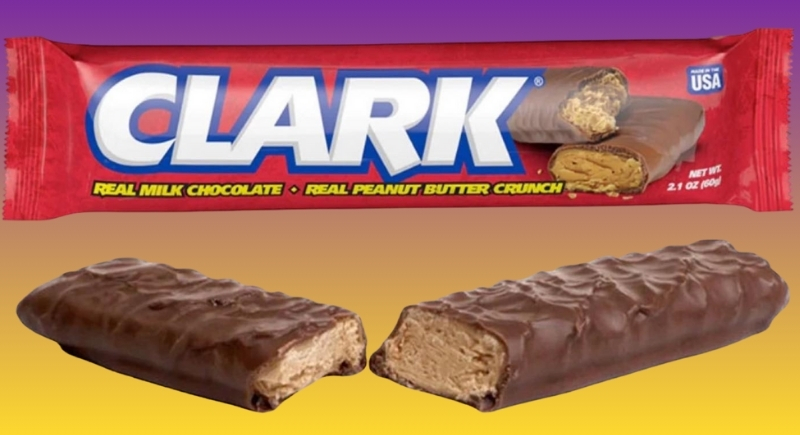
Credit: Facebook
Pittsburgh factories first produced the Clark Bar, pairing a peanut butter crunch with chocolate coating. Soldiers carried them during World War I, and their popularity spread quickly. After several ownership changes, the bar briefly vanished, sparking alarm among collectors and fans. Boyer Candy Company brought it back in 2020, keeping the recipe intact. Pennsylvania shelves proudly display it, showing how regional favorites can regain their footing after setbacks.
Caramel Creams
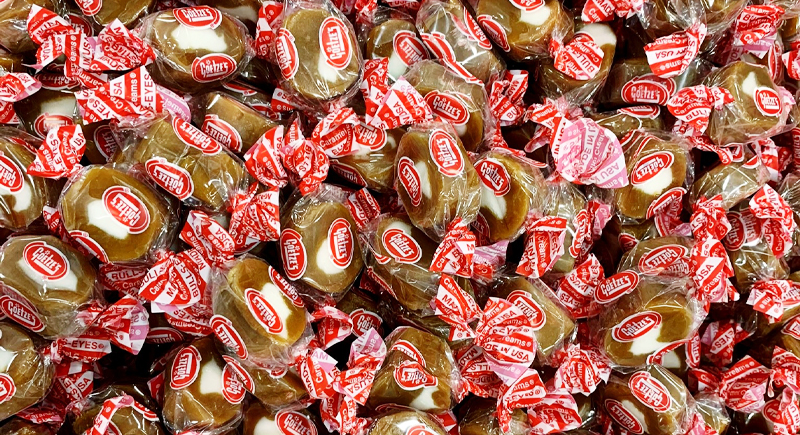
Credit: Wikimedia Commons
Baltimore’s Goetze family created Caramel Creams by combining a chewy caramel exterior with a creamy center. The candy, nicknamed Bulls-Eyes, became a steady seller through decades of shifting trends. Unlike many competitors, the recipe stayed consistent under family ownership. A spinoff called Cow Tales appeared later, but the original still charms with its soft bite and mild sweetness.
Cadbury Dairy Milk
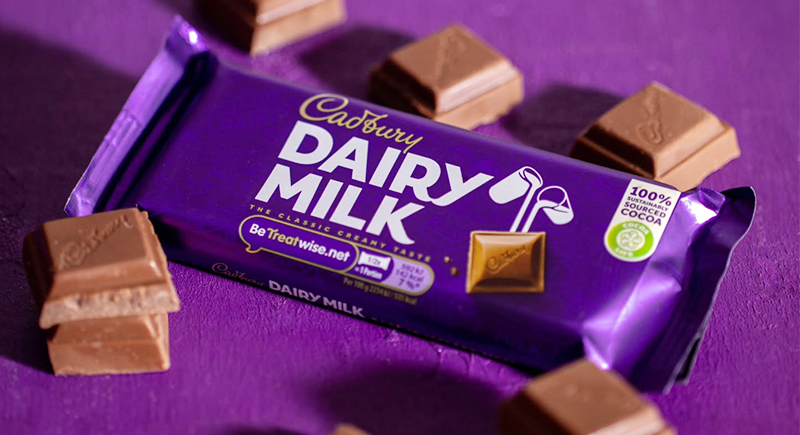
Credit: Instagram
British shoppers first noticed Cadbury Dairy Milk because of its creamier texture. By upping the milk content, the company made chocolate feel richer and more approachable. When Hershey took on U.S. production, American bars gained a slightly different flavor profile. Despite that difference, the iconic purple packaging and smooth chocolate keep it popular worldwide.
Oh Henry!
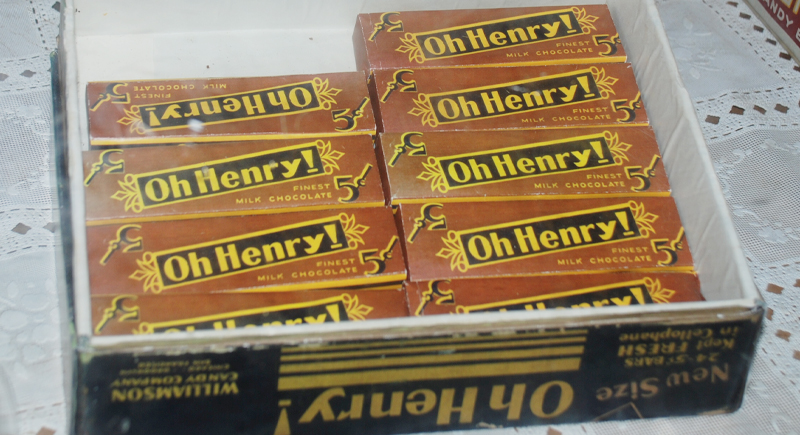
Credit: Wikimedia Commons
A quick glance at the ingredients (peanuts, fudge, caramel, and chocolate) explains why Oh Henry! became a bestseller. Its origin story remains murky, with some attributing the name to a local shop helper who charmed customers. Though production in the United States ended, Canadian factories still produce it, and fans track it down online.
Fry’s Chocolate Cream
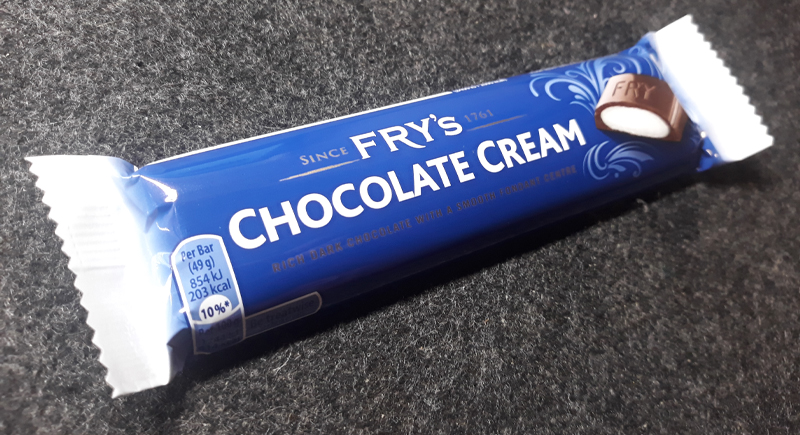
Credit: Wikimedia Commons
Joseph Fry, whose recipe led to Fry’s Chocolate Cream, is credited with the first mass-produced chocolate bar. The bar featured a dark chocolate shell around a fondant center. Cadbury later acquired the brand, yet the product stayed remarkably unchanged. Shoppers in Britain still find it among modern treats.
Jelly Beans
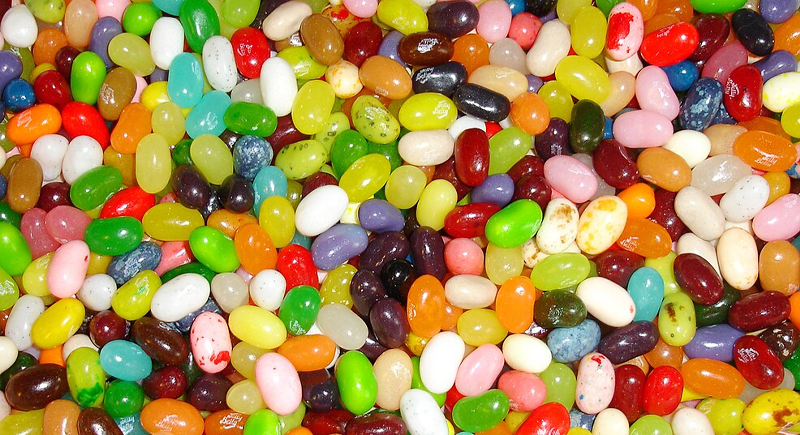
Credit: Wikimedia Commons
Candy counters in the 1850s introduced jelly beans, and their bright, glossy look made them stand out immediately. Sugar-coated shells protected the chewy centers and helped them survive long shipments to Civil War troops. Over time, the variety of flavors exploded, with Jelly Belly popularizing gourmet options like toasted marshmallow and pear. They remain staples of Easter baskets and party bowls.